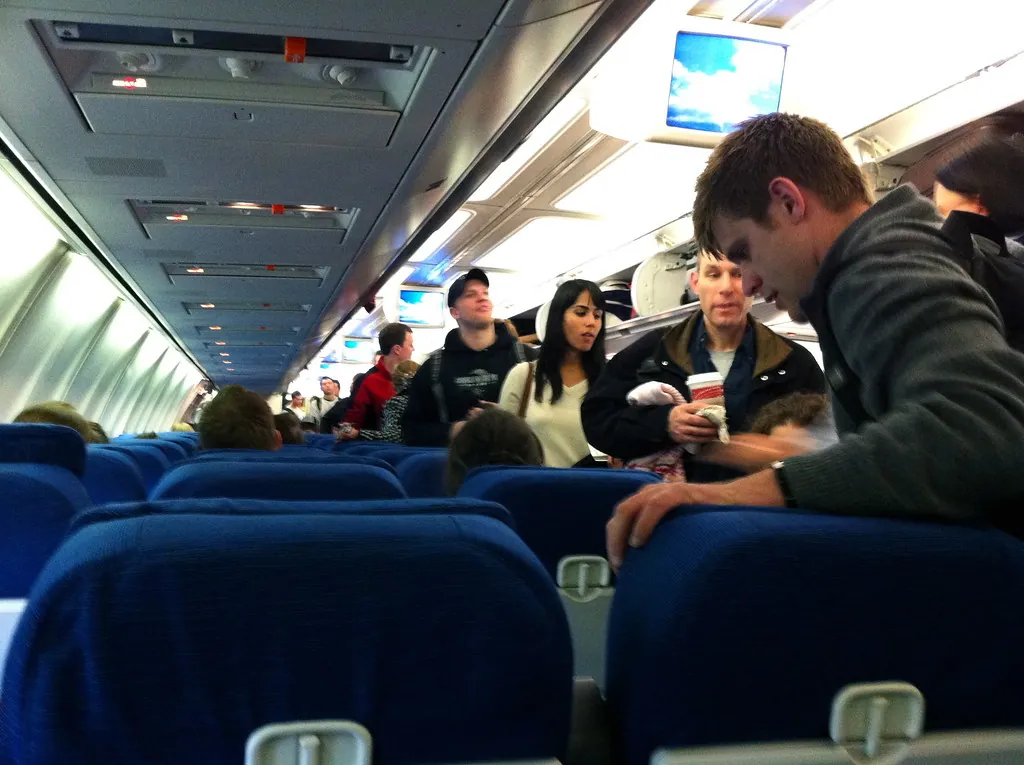Air travel has become a ubiquitous part of modern life, connecting people across continents and cultures. However, the close quarters and high traffic in airplanes also present a unique set of health challenges, particularly concerning the spread of germs and viruses. Understanding the germiest places on a plane and adopting effective strategies to protect your health can make your journey safer and more comfortable.
Identifying the Germiest Areas in Airplanes
Recent studies and expert opinions have highlighted specific areas in airplanes that are hotspots for germs. These include:
- Seat Pockets: Often used for storing personal items, these pockets can accumulate germs from multiple sources.
- Tray Tables: Given their frequent use for eating and placing personal items, tray tables are a breeding ground for germs.
- Restroom Handles: High-touch areas like bathroom handles are exposed to various bacteria and viruses.
- Seat Belt Buckles and Armrests: Regularly touched by passengers, these areas are often overlooked in cleaning.
- Headrests: The most exposed and touched surface, headrests can harbor a significant amount of germs.
How Germs Spread on Planes
While surfaces can harbor germs, experts emphasize that the primary risk of illness on planes comes from airborne transmission, especially in cases of respiratory viruses like the flu and COVID-19. The proximity to infected individuals in a confined space significantly increases the risk of airborne disease transmission.
Strategies for Protecting Yourself from Germs on Planes
Hand Hygiene
Frequent hand washing and the use of hand sanitizers are crucial in preventing the transfer of germs from surfaces to your body.
Use of Masks
Wearing masks, especially during outbreaks of respiratory illnesses, can significantly reduce the risk of inhaling harmful airborne particles.
Immunizations
Staying up to date with vaccines for flu, COVID-19, and other respiratory viruses offers an essential layer of protection.
Personal Disinfection
While cleaning personal space on the plane, such as tray tables and armrests, with disinfectant wipes can help, focusing on hand hygiene is more effective.
Choosing Seats Wisely
Opting for window seats and avoiding high-traffic areas can reduce your exposure to circulating germs.
Conclusion
Traveling by air, particularly during peak seasons, requires a heightened awareness of hygiene and health practices. By understanding the germiest places on planes and adopting effective personal protection strategies, you can significantly reduce the risk of illness during your travels. Remember, the key to a healthy flight experience lies not just in the cleanliness of your surroundings but also in your personal health practices.
